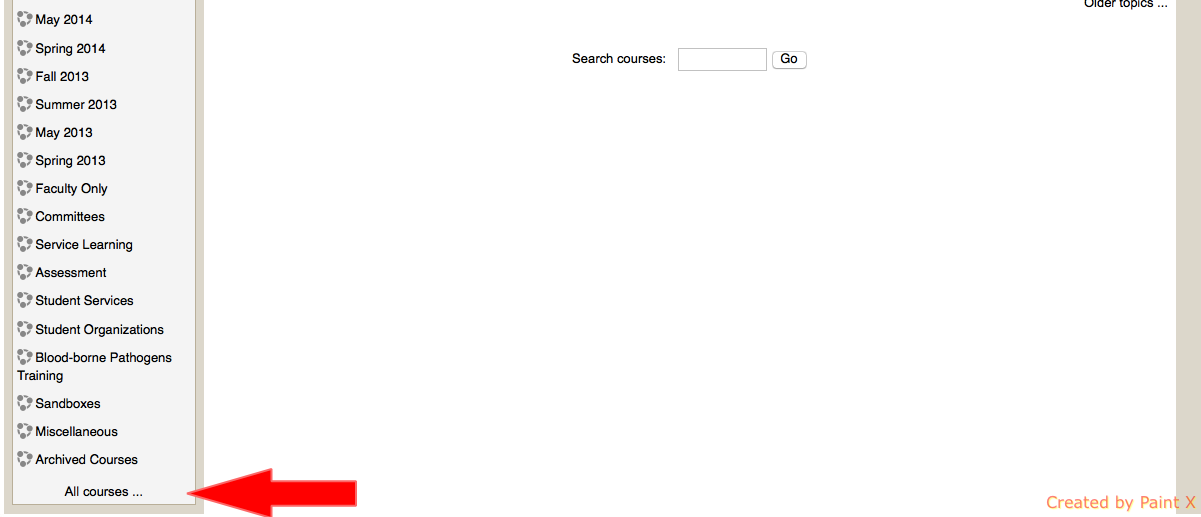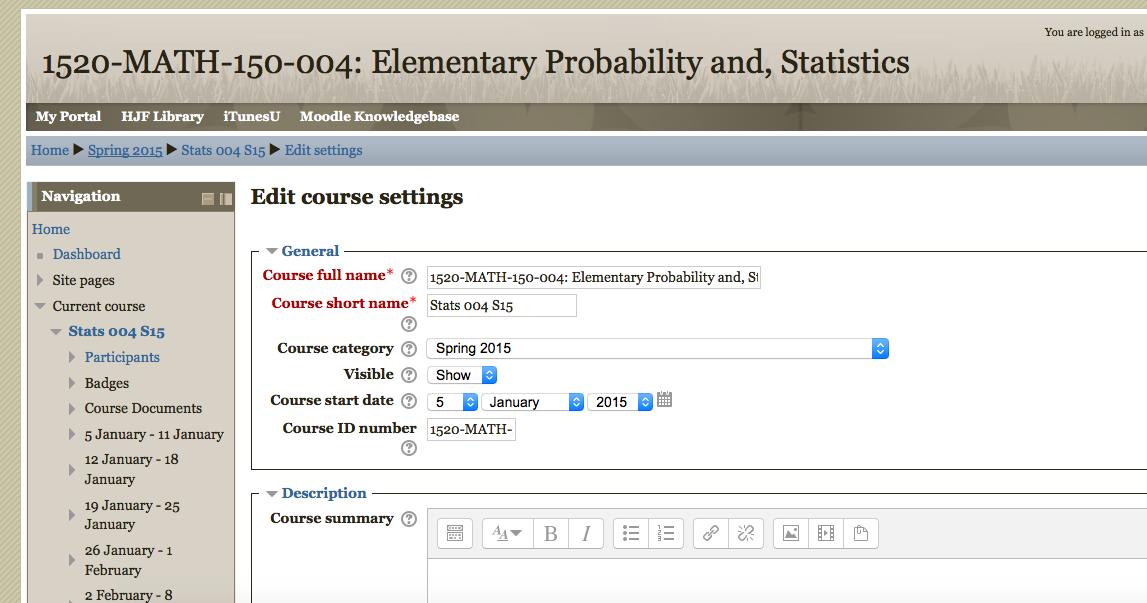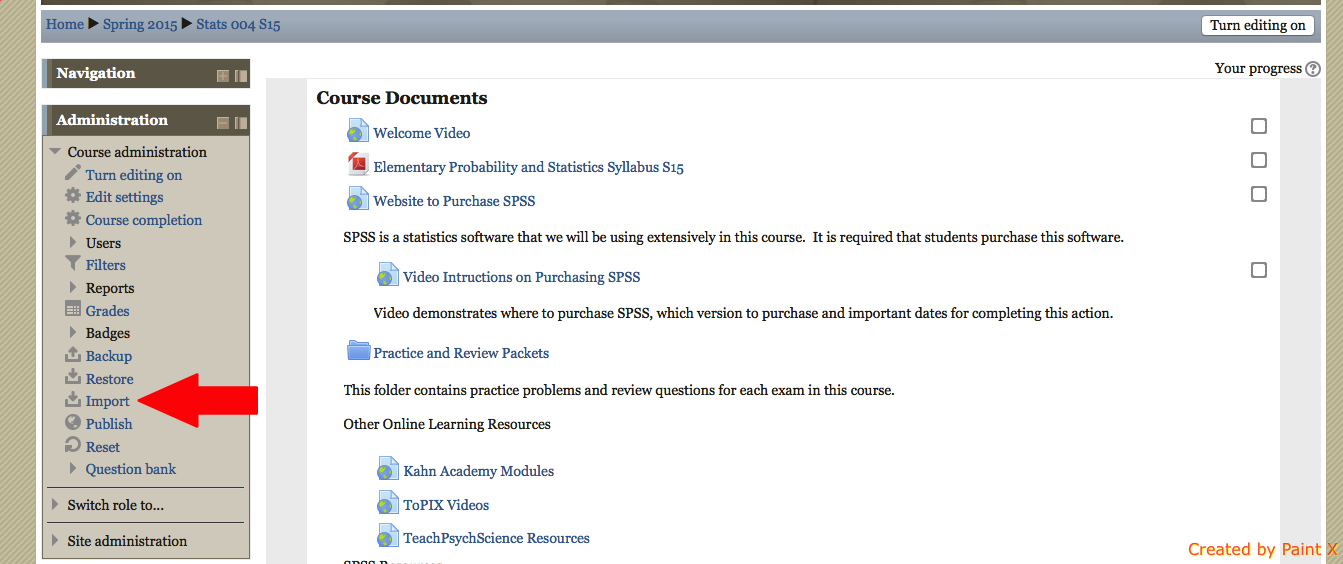One way that online instructors can greatly increase their presence in an online course is by utilizing forums for discussion. This provides an opportunity for all three forms of communication (student-to-resource, student-to-student, instructor-to-student). Instructors can interact in a variety of ways and can help foster discussion and learning by using different types of reply posts. It is important to note, that instructors should not feel obligated to respond to each and every student post. Doing so would be time consuming and we would not really expect this in a face to face conversation either. However, being clear about this to your students at the beginning may be helpful (i.e. state that you will be responding to posts, but that responding to each individual student post is not likely/reasonable).
To help instructors increase their presence and to help better facilitate learning and class discussion, the following tips can be used.
- Connect a comment or post from a student to previously learned material. In student learning, making explicit connections between old and new material helps to build a stronger network of knowledge. Students will sometimes do this themselves spontaneously, but other times they need help.
- Example instructor posts:
- Your comment reminds me of the concept of X that we discussed two weeks ago. Can you explain how your thoughts and concept X are related?
- Very interesting example from your personal experience. Can you tie this back to a theory that was discussed earlier in the class relating to this example?
- Example instructor posts:
- Ask for elaboration or clarification. Perhaps based on a rubric guidelines for forum posts. Asking for further elaboration requires a student to basically write-out their thought process. This activity of outlining their thoughts helps both the instructor and the student see why they responded the way they did and helps to increase metacognitive awareness.
- Example instructor posts:
- Why do you think that?
- What is your reasoning?
- Is there an alternative strategy?
- Example instructor posts:
- Prompt another student to respond. Don’t feel that you, the instructor, needs to personally respond all the time. Prompt others to chime in. Students have valid thoughts and experiences that can be meaningful to the conversation.
- Example instructor posts:
- Student X gives an excellent example in this situation. Can others give an example of this in other contexts?
- Student Y believes ______. What do others believe?
- Example instructor posts:
- Give a question to a student to research and answer. Perhaps your student is more of an expert in an area than you are (yeah, it happens). Ask a question that you have and ask the student to respond back to you. Of course the student does not need to be an expert, but they can get practice in researching a question and replying back.
- Example instructor posts:
- You mention using Method A with your classroom. I’m not familiar with this approach; can you explain this more to me?
- You describe a disorder that appears to be quite rare. Please do a little additional research about what is known about this disorder and how it might be treated.
- Example instructor posts:
- Ask other students to respond to a student’s question. Too often students see their instructor as the only source for information, when in reality the students themselves can also be resources to one another. To help facilitate students serving as informational resources to one another try to give the responsibility for answering questions to them.
- Example instructor posts:
- Student A asks an interesting question about Concept Z. I want another student to respond and answer to her question.
- I could answer your question directly, but I think Student B had a good description in his post earlier. Student B can you address Student C’s question?
- Example instructor posts:
- Make specific comments on particularly well thought-outposts. Especially important early on in the course, pointing out well-done posts and why they are well done can help students model future posts. When doing this, identify specifics about why the post was particularly good. For example, did the student elaborate and explain his or her thoughts, did the student explicitly connect their experiences with the course content, did the student reference back to one of the course materials or scholarly materials in the field?
- Example instructor posts
- Student K, this post is extremely thoughtful. You explain how Theory A ties into the practices that you use within your own job and why Theory A tends to be more effective than Theory B in your situation. You also refer to the research article comparing Theories A and B which explain why these two approaches are present.
- Student Z, you have clearly tied your own experiences back to the concept of Y and use the readings from this unit to support these connections. Additionally, you mention how the goals of this course will help you to improve your understanding of concept Y and its use within the field.
- Example instructor posts
- Reinforce the use of newly learned course material: This ties back to Tip #1 but instead of the instructor making a comment about how new material connects to previously learned material, the student has done so him or herself spontaneously. When this occurs, be sure to reinforce making these connections in some way so that this student and other reading the posts continue to consider how new information relates to old.
- Example Instructor posts:
- Good job connecting how concepts X, Y, and Z all connect back to the earlier idea of A. These ideas are all connected.
- You note how the earlier definition of concept A is important to understanding Theory B in this unit. Good job at seeing this connection.
- Example Instructor posts:
- Validate experience: Though using only personal experience and anecdotal evidence is likely not appropriate, it is important to validate a person’s personal experiences. You can nudge students to go beyond simply giving personal experiences by using Tips #2 and #6. Ask them to use the context of their experiences to evaluate some information from the course.
- Example instructor posts:
- I understand that you have had a difficult time with your students when using Method A. It can be frustrating when what is considered a tried and true method doesn’t seem to work. Do you think there is a weakness within Method A that might be contributing to your frustrations and if so what about Method A might need adjustment?
- It does seem like common sense would suggest that doing _____ would work better and you give a few examples of when this is the case. Can you think of situations in your experience when using the theory discussed in class might also work?
- Example instructor posts:
- When the forum ends, post an overall summary of major points raised, issues discussed, resolutions to issues, and continued points of disagreement. A summary will help tie what could be a disjointed set of conversations into one. To do a good summary instructors will need to monitor discussions boards often and take notes about how the conversation(s) progress. Tie items back to the class materials and outcomes when possible. Take note about continued disagreements within the class and how these might mirror continued disagreements within the field.
- Example Instructor posts:
- This forum was focused on Topic A by asking students to respond to this question “……….”. It appears that many people believed that Point 1, Point 2, and Point 3 were most relevant to their jobs, but Point 4 was often not present or was very rare. This is also what the research suggested from Reading 9. Most agreed that Method A seemed to work best for them. However in the situation of Q there appeared to be continued debate about whether Method B or Method C were most effective. This debate is also present in the research as you can see from Reading 10.
- Example Instructor posts:
These tips were suggested by and/or inspired by content from the following Best Practices resources:
- http://www.designingforlearning.info/services/writing/ecoach/tenbest.html
- http://facdev.e-education.psu.edu/teach/bestpractices
- http://www.brown.edu/academics/professional/faculty/online/best-practices.php


